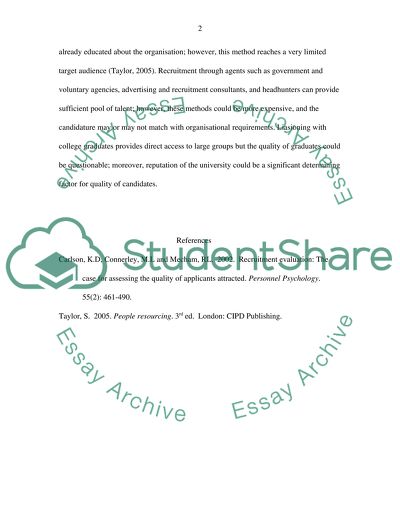Cite this document
(“Alternative Recruitment Methods in HR Practice Essay”, n.d.)
Retrieved from https://studentshare.org/human-resources/1414515-alternative-recruitment-methods-in-hr-practice
Retrieved from https://studentshare.org/human-resources/1414515-alternative-recruitment-methods-in-hr-practice
(Alternative Recruitment Methods in HR Practice Essay)
https://studentshare.org/human-resources/1414515-alternative-recruitment-methods-in-hr-practice.
https://studentshare.org/human-resources/1414515-alternative-recruitment-methods-in-hr-practice.
“Alternative Recruitment Methods in HR Practice Essay”, n.d. https://studentshare.org/human-resources/1414515-alternative-recruitment-methods-in-hr-practice.


